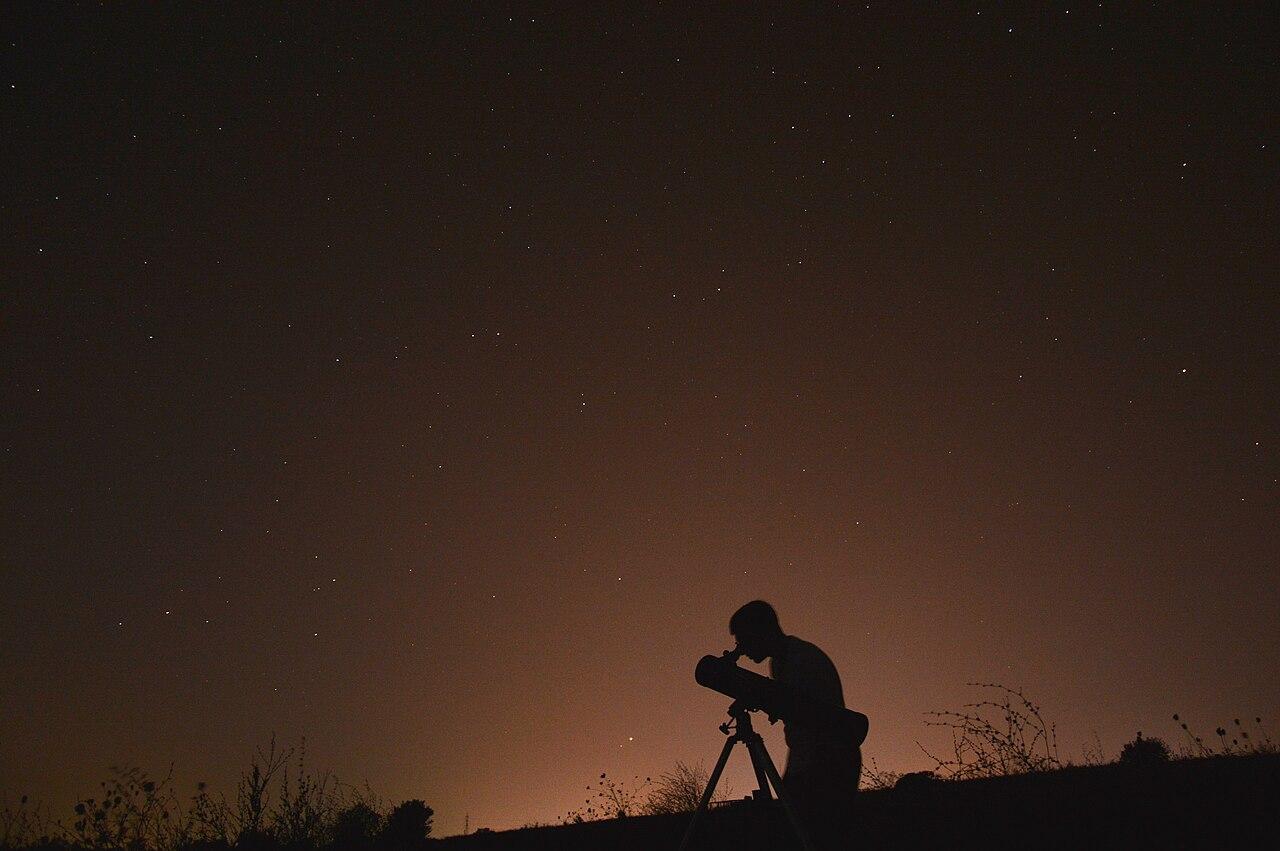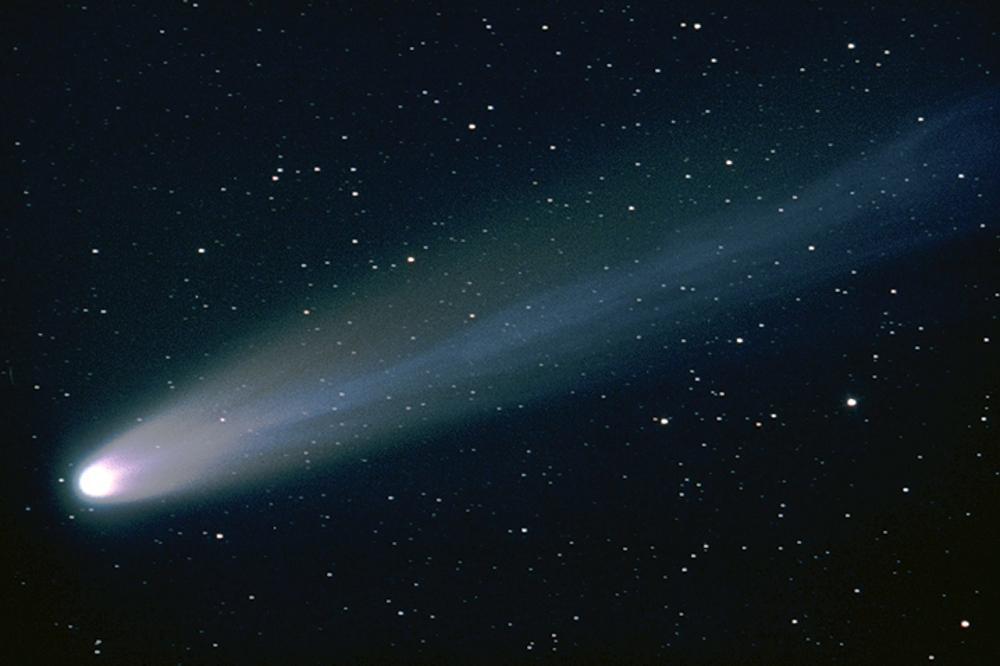NASA Set to Send Artificial Star With Eight Lasers Into Space
NASA’s Landolt mission aims to launch an artificial star equipped with eight lasers into space. This $19.5 million mission will help scientists get more accurate measurements of real stars and study dark energy.
The spacecraft is set to launch in 2029 and will orbit the planet at a synchronous orbit of 22,236 miles.
The Artificial Star
The artificial star, created by beaming lasers into instruments on Earth, is designed to mimic celestial objects like supernovas.

Source: Freepik
This allows scientists to make precise measurements of true stellar brightness. According to David Ciardi, this mission will improve brightness measurements by more than a factor of ten.
Honoring Arlo Landolt
Named after astronomer Arlo Landolt, the mission pays tribute to his contributions to stellar photometry. Landolt’s catalogs of stellar brightness have been invaluable since 1973.

Source: Wikimedia
University of Hawaii astronomer Daniel Huber mentioned that Landolt’s name is well-known in the astronomy community.
Importance of Stellar Brightness
Understanding stellar brightness is crucial for studying stars and the planets that orbit them. Precise measurements help researchers determine the habitability of exoplanets.

Source: NOIRLab, M. Zamani/Wikimedia Commons
As mission member Jamie Tayar noted, knowing the energy output of stars is essential for assessing whether other planets could support life.
Studying Dark Energy
One of the mission’s goals is to study dark energy, the mysterious force causing the universe to expand at an accelerating rate.

Source: Wikimedia
By comparing the brightness of the artificial star with distant stars, scientists hope to gain insights into this phenomenon.
Technical Details
The Landolt spacecraft will maintain a geosynchronous orbit, remaining stationary over a single point on Earth. This stable positioning ensures continuous observations and accurate data collection.

Source: Vincentiu Solomon/Unsplash
The artificial star, while not visible to the naked eye, can be seen through telescopes and will provide a new benchmark for stellar brightness.
Laser Technology
The mission will use eight lasers to create the artificial star. These lasers will beam back to instruments on Earth, allowing for precise calibration and measurement.

Source: NASA
This innovative use of laser technology is at the core of the Landolt mission’s ability to improve stellar brightness measurements.
Mission Objectives
The primary objectives of the Landolt mission include refining stellar brightness measurements, studying dark energy, and improving our understanding of exoplanet habitability.

Source: Wikimedia
By achieving better accuracy, the mission aims to make significant contributions to astrophysics and our knowledge of the cosmos.
Collaborating Institutions
Several institutions are involved in the Landolt mission, including NASA, Caltech, and the University of Florida. These collaborations bring together expertise from various fields, ensuring the mission’s success.

Source: Cytonn Photography/Pexels
Jamie Tayar and David Ciardi are among the key scientists contributing to this groundbreaking project.
Impact on Future Research
The data collected by the Landolt mission will set a new standard for stellar photometry. This will impact future research by providing more accurate reference points for studying stars and exoplanets.

Source: Wikimedia
The mission’s findings could lead to new discoveries and enhance our understanding of the universe.
Launch Preparations
Preparations for the 2029 launch are already underway. The mission team is working on finalizing the spacecraft design and ensuring all systems are ready for deployment.

Source: NASA/Joel Kowsky/Wikimedia Commons
The successful launch and operation of the Landolt mission will mark a significant milestone in space exploration and astrophysics.
Looking Ahead
The Landolt mission represents a major leap forward in our quest to understand the universe.

Source: Wikimedia
By sending an artificial star into space, NASA is pushing the boundaries of what we know about stars, exoplanets, and dark energy.
